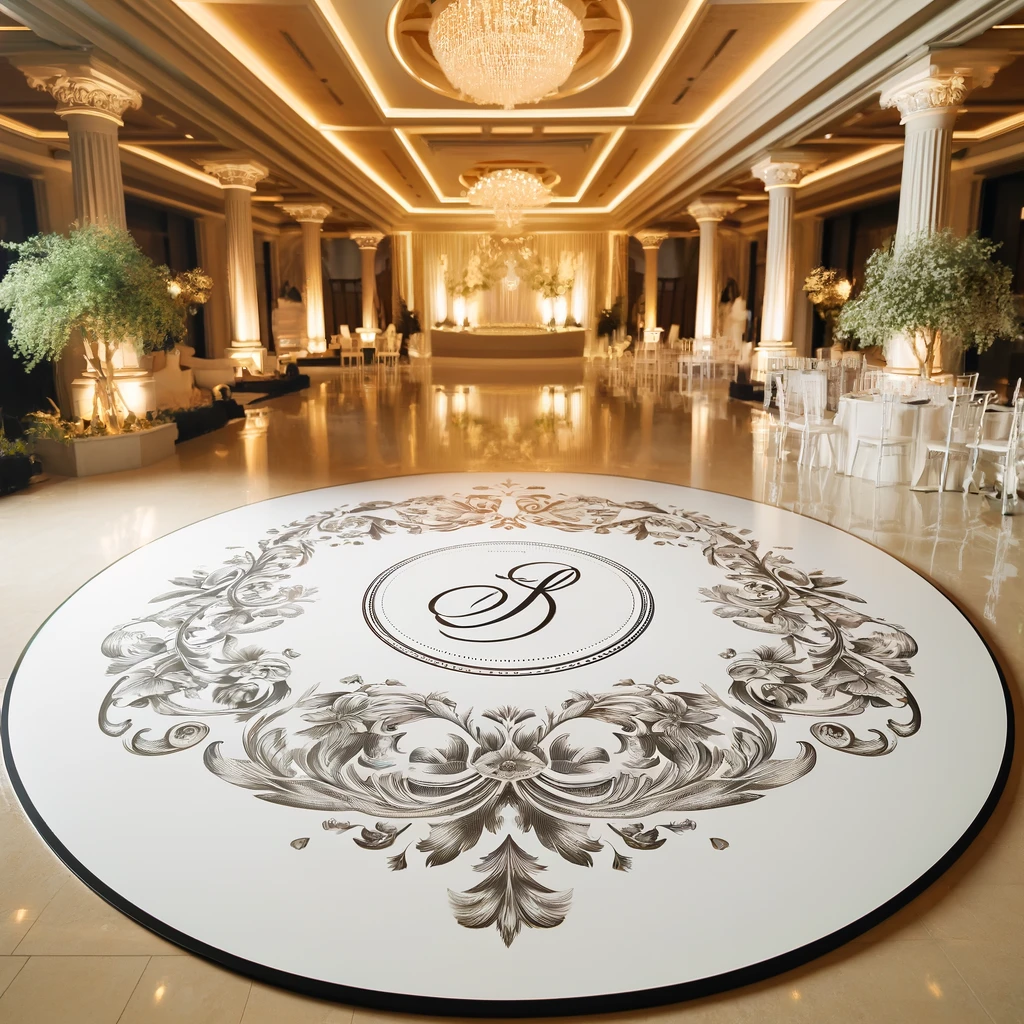Choosing the appropriate materials for building a durable and safe external dance surface is essential for ensuring an pleasurable session. Outdoor movement floors must endure various climate elements while offering a stable foundation for performers and attendees. Thus, it is important to evaluate factors such as material durability, safety features, and maintenance demands when making selections. This article will explore several suitable options and their benefits in creating an open-air dance floor.
One popular choice for exterior dance floors is timber. Lumber offers a classic and inviting aesthetic that many find attractive. Solid woods like beech or ash are particularly preferred due to their strength and ability to cushion shock, which can safeguard dancers’ joints. Additionally, wood has inherent anti-slip qualities when treated properly, minimizing the risk of accidents. However, maintaining a timber dance floor demands routine coating and resurfacing to shield it from moisture and ultraviolet exposure, rendering it critical to account for the environment in which the floor will be placed.

Another viable alternative is synthetic composites, which combine wood fibers with polymers. These composites are designed to be resistant to moisture, mold, and discoloration from UV exposure. Synthetic dance floors provide longevity similar to traditional wood without the intensive maintenance. They are more resistant to warping and cracking than wooden floors when exposed to extreme outdoor conditions. Furthermore, composite materials often have integrated slip resistance properties, making them a more secure selection for outdoor events.
For those seeking a more modern approach, modular tiles made of PVC or rubber are excellent alternatives. These tiles are crafted for hassle-free setup and can be reconfigured or swapped as needed. The flexibility of using interlocking tiles allows for quick assembly and disassembly, making them ideal for temporary dance venues or gatherings. Moreover, these materials provide cushioning that improves comfort while dancing and minimizes the risk of accidents caused by falls. The sealed structure of PVC and rubber also helps prevent water penetration, additionally prolonging the lifespan of the dance surface.
Finally, it is vital to evaluate the location and intended use of the outdoor dance floor when choosing components. For instance, if the dance floor will be situated in a high-traffic area or exposed to harsh weather regularly, opting for durable surfaces that require low upkeep will be important. On the other hand, for less intense use or in more sheltered locations, lighter materials may suffice. In any case, prioritizing safety aspects such as traction and shock look at more info absorption should remain at the center of design.
In conclusion, building a durable and safe open-air dance floor requires careful assessment of various materials suited for different environments and purposes. Wood offers classic beauty but requires consistent care; engineered composites blend aesthetics with resilience; interlocking tiles provide versatility and convenience. At the end of the day, identifying the unique needs of the dance floor's planned use will guide decision-making toward selecting learn about this here now the most appropriate solution for an enjoyable and safe dancing experience in outdoor spaces.